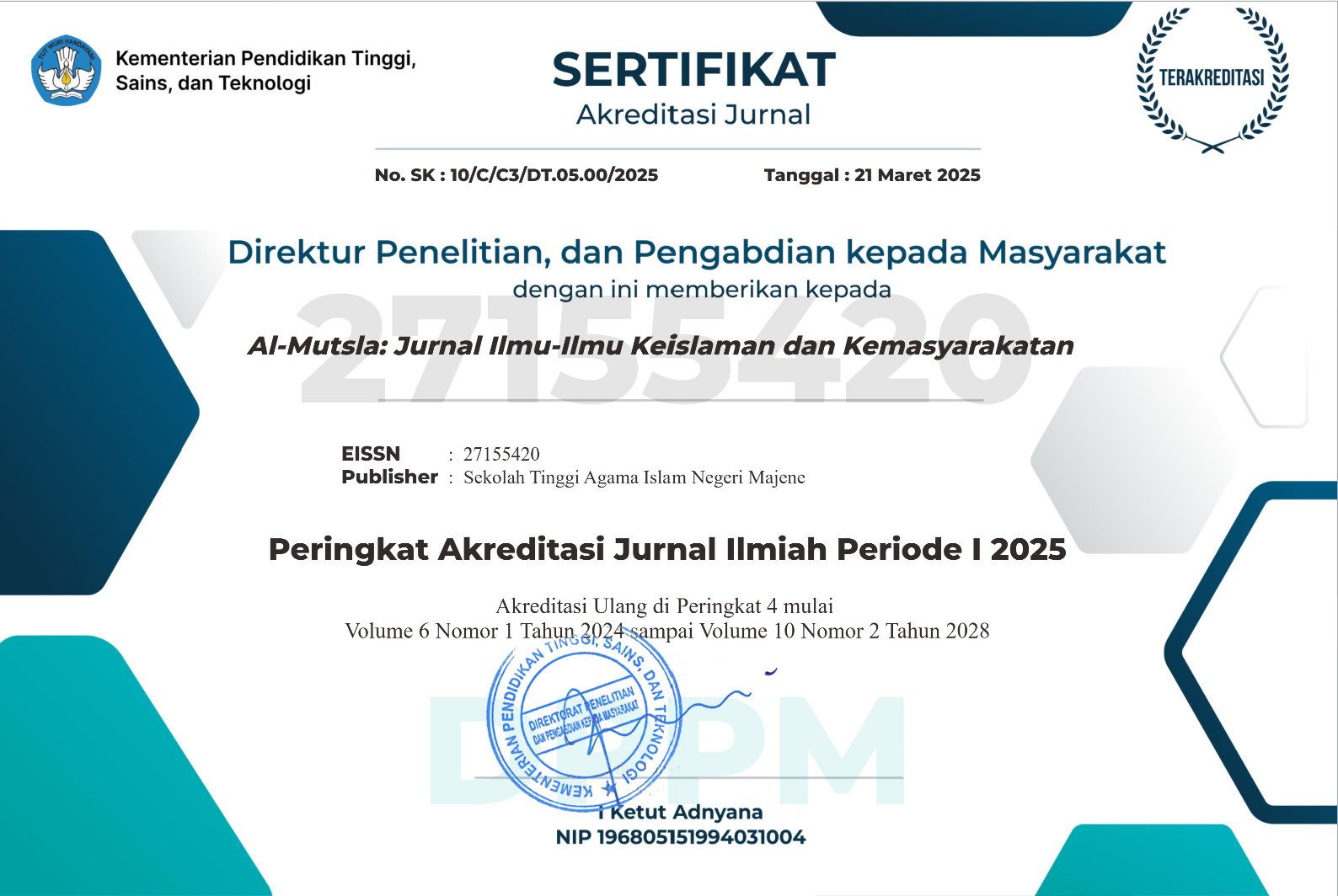SEX EDUCATION FOR SMART POPULATION
A Fundamental Mechanism in Enriching Human Security and Reduction Poverty
DOI:
https://doi.org/10.46870/jstain.v5i2.890Keywords:
Sex Education, Poverty, Human SecurityAbstract
Poverty and human security are domestic problems that occur in many countries. This caused by the population continuing to increase and not being optimal in suppressing the population which increase every minute. Sex education is one of the solutions to reduce the population and explain that premarital sexual behavior continues to increase from year to year. For instance, the emergence of unwanted pregnancies, abortions, dropping out of school, and contracting non-communicable diseases. This study aims to examine the sex education for smart population to enriching human security and reduction the poverty. Due to the fact that such education would seek to empower people to make the right decisions with correct information on anatomy, contraception, and disease identification and prevention. The intended effects of the intervention include prevention of unintended births, prevention of AIDs and sexually transmitted diseases, and the prevention of overpopulation which can cause hunger and it will happen eventually in malnutrition everywhere.
Downloads
References
Center for Reproductive Rights. 2005. “Sexual Health Center for Young People Opens, Xinhua News Agency (China), Oct. 25, 2005, http://www.china.org.cn/english/China/78348.htm https://reproductiverights.org/wp-content/uploads/2020/12/China.pdf
Chiyuki Aoi, Cedric de Coning, and Ramesh Thakur. (2007) Unintended Consequences of Peacekeeping Operations. Tokyo: United Nation Press.
https://digitallibrary.un.org/record/601874
Fischer, Megan Grizzle., Zuzana Cahojova. International Planned Parenthood Federation: The Whole Story (ADF International White Paper.March 22, 2016 https://adfinternational.org/wp-content/uploads/2021/08/White-Paper-eBook_IPPF.pdf
Forss Kim., Larsson Margareta., Sharma Tara. 2009. Rights and Responsibilities; The Environment of Young People’s Sexual and Reproductive Health. Swedish International Development Cooperation Agency (SIDA). Page 11-17
Hu Angang,Hu Linlin and Chang Zhixiao. 2003. “China’s economic growth and poverty reduction(1978-2002). https://www.imf.org/external/np/apd/seminars/2003/newdelhi/angang.pdf
International Food Policy Research Institute UN-OCHA. 2011. “The challenge of hunger: Taming price spikes and excessive food price volatility”. October 10, 2011
John, Reggle Little. 2016. “International Planned Parenthood Working Hand in Hand with the Coercive Population Control Machine in China’. https://www.womensrightswithoutfrontiers.org/blog/international-planned-parenthood-working-hand-in-hand-with-the-coercive-population-control-machine-in-china/
Mehta, Aasha Kapur., Shah Amita 2011. “Chronic Poverty in India: Overview Study.” CPRC Working Paper. Pages 6-7 Chronic Poverty Research Centre, Delhi. https://assets.publishing.service.gov.uk/media/57a08d6940f0b6497400184e/07Mehta_Shah.pdf
Riley, Nancy E. 2004. “China’s Population: New Trends and Challenges.” Population Bulletin: Population Reference Bureau Washington DC, Vol. 59, No. 2. https://catalog.ihsn.org/citations/63093
Wilder, Jennifer and others. 2008. “Changing Reproductive Health Behaviour in Youth: A Cultural Shift in Bihar, India”. Number 8. In website Health Social and Behaviour Change Network. February 15, 2008
https://www.comminit.com/healthafrica/content/healthy-youth-edutainment-strategies
Downloads
Published
How to Cite
Issue
Section
License

This work is licensed under a Creative Commons Attribution-NonCommercial 4.0 International License.










